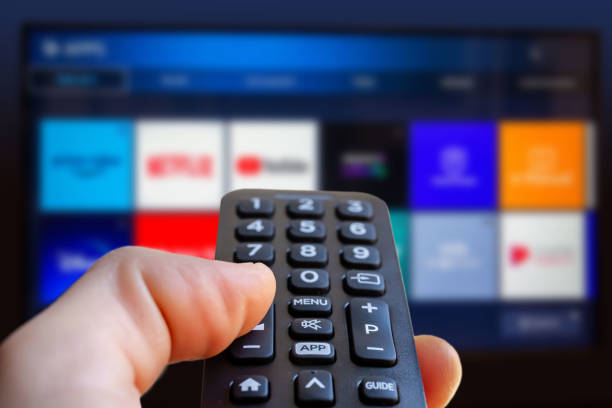TV Comparison: Television Options for Entertainment and Seniors
Choosing the right TV setup means balancing picture quality, user experience, content access, and budget. Whether you’re shopping for a new television set, helping seniors find an accessible entertainment solution, or comparing Sky TV and streaming alternatives, understanding the practical trade-offs can make the decision easier. This guide breaks down key factors and real-world costs to help you compare options clearly.

How to choose a television for home use?
Picking a television starts with size, resolution, and where it will sit. For living rooms, 55–65 inches often balances viewing comfort and room scale; bedrooms or small lounges may suit 32–43 inches. Resolution matters: 4K is common and future-proof for most content, while HDR support improves contrast and color. Look for easy-to-use smart TV platforms if you prefer built-in streaming apps. Consider connectivity (HDMI, optical audio, Wi‑Fi) and whether you need a TV with simplified menus for ease of use.
What entertainment sources are available?
Today’s entertainment options include broadcast channels, satellite or cable packages, and an expanding range of streaming services. Free-to-air tuners (like Freeview or local broadcast systems) provide local channels at no ongoing cost. Subscription services such as Sky TV and major streaming platforms offer a mix of live sports, movies, and on-demand shows. Many households combine a smart TV or set-top box with one or more streaming subscriptions to match viewing habits and content preferences.
What should seniors consider when choosing TV?
Seniors often prioritize readability, simplicity, and accessibility. Key features include large, clear on-screen text, a remote with big buttons or voice control, and automatic captioning or adjustable audio settings. Simplified smart-TV interfaces or streaming devices with “easy mode” can reduce complexity. Physical factors like stable stands, manageable wall-mounting, and remote ergonomics matter as well. Consider services that offer familiar channel lineups or curated content lists to minimize navigation friction.
How does Sky TV compare to other providers?
Sky TV offers bundled packages with live channels, sports, and on-demand content, often integrating with Sky Q or Sky Glass hardware in some regions. Compared with pure streaming services, Sky provides predictable linear channels and live sports coverage that some viewers prefer. However, streaming platforms typically let you subscribe month-to-month and focus on on-demand libraries. If local sports or premium live programming matter, pay TV providers like Sky can be attractive; if flexibility and a-la-carte viewing are priorities, streaming may be better suited.
Is streaming the right option for you?
Streaming delivers on-demand access and generally lower upfront costs than a full pay-TV package. Services differ by content library, device support, and whether they carry live channels or sports. Streaming works well for households comfortable with internet-based delivery and for viewers who prefer binge-watching. Consider your internet speed (4K streaming often requires 25 Mbps or more), data caps from your ISP, and whether you value live broadcasts—those may still require an additional service or an over-the-air tuner.
Real-world cost and provider comparison
Below is a concise comparison of common TV products and services to illustrate typical monthly costs and the variety of delivery methods available. These are representative options rather than an exhaustive list.
| Product/Service | Provider | Cost Estimation |
|---|---|---|
| Satellite/Pay TV package (basic) | Sky (UK) | ~£20–£40 / month (package dependent) |
| Streaming service (standard) | Netflix | ~$6.99–$15.49 / month (plan dependent) |
| Streaming service (included with membership) | Amazon Prime Video | ~$8.99–$14.99 / month or included in Prime |
| Free-to-air digital TV | Freeview / local broadcasters | Free (requires compatible TV or £30–£70 set-top box) |
| Cable or bundled broadband + TV | Virgin Media (example) | ~£30–£60+ / month (bundles vary) |
Prices, rates, or cost estimates mentioned in this article are based on the latest available information but may change over time. Independent research is advised before making financial decisions.
Conclusion
Comparing television options requires matching technical features, content needs, accessibility for seniors, and budget. Sky TV and traditional pay-TV remain relevant for live programming and bundled channel access, while streaming services offer flexible, on-demand libraries and simpler month-to-month commitments. Assess room size, user interface preferences, and internet reliability in your area to decide which combination of television hardware and services will deliver the most usable entertainment for your household.





